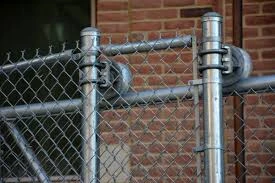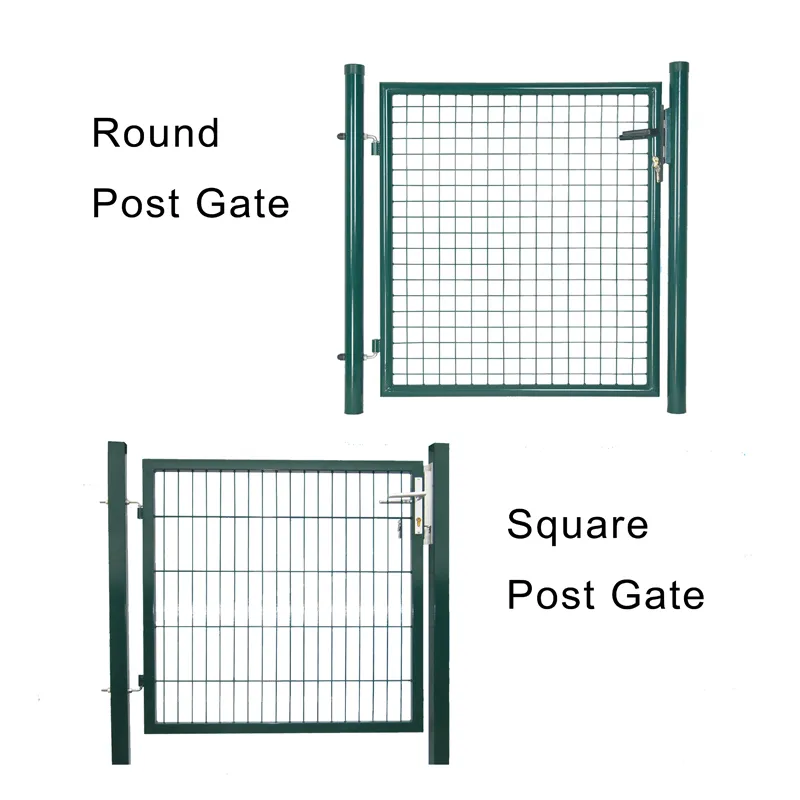

Seasonal Considerations Different climates necessitate tailored gate solutions. In humid or wet climates, opt for materials and finishes that withstand moisture and fungal growth. In regions prone to high winds, consider gates with reinforced structures. Heat and direct sunlight exposure, often an issue in warmer climates, can cause warping or fading in certain materials like wood and vinyl; UV-resistant coatings are recommended in these areas. Understanding your local climate’s impact on materials and design ensures garden gate resilience and continued visual appeal. Sustainability in Gates Recently, the push towards eco-friendly solutions has seen sustainable materials and methods rise in popularity. Recycled aluminum, reclaimed wood, and sustainably sourced composites offer environmentally conscious alternatives. These materials not only lower carbon footprints but often come with extended warranties due to advanced production techniques. Discuss options with suppliers and contractors who prioritize sustainable practices to ensure an environmentally friendly garden gate project. Conclusion Integrating a garden gate that stands the test of time involves strategic selection of materials, thoughtful design, security incorporation, and regular maintenance. Consulting with professionals and leveraging expert knowledge ensures the selection maximizes both functionality and aesthetic appeal while maintaining a balance with environmental considerations. A well-chosen garden gate not only enhances the beauty and security of a property but also serves as a personal expression of style and attention to detail. By following these expert guidelines, homeowners can make informed decisions, ensuring their garden gate investment enriches their outdoor space for years to come.
Prev:
Next:
















